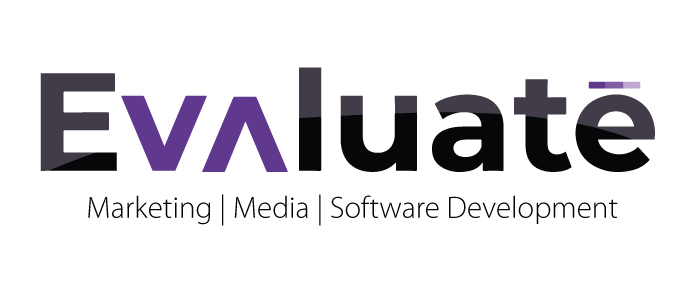Influencer marketing has been on the rise ever since paid advertising is becoming less effective if not done right. Simply put, consumers across all levels place a higher trust on information from their peers as against randomly displayed ad banners from brands.
As a result, if brands in the B2B space can get individuals, professionals, subject expert and brands alike to talk about their solutions and champion their marketing it doubles the level of persuasion and undiluted value proposition.
As against popular opinion, influencer marketing works best for B2B than B2C but more focus has been placed on typical B2C referral. In reality, without a strong influencer marketing strategy and word of mouth marketing, B2B will experience stunted growth.
How to start Influencer marketing for B2B
1. Identify Existing Players
Do a quick check for strong advocates in your industry who has garnered authorities among their peers and work out a plan with them. Don’t mistake influencer for referral marketing, influencer marketing for B2B makes referral seems natural and less robotic. Identify growing brands that will need your solution and communicate your unique selling points in a less intrusive manner.
It most times seems difficult to identify the best influencer to work with for guaranteed results, but there are several tools online to easily examine the influence of the players. Some of the free tools you can use are FollowerWonk, LinkedIn, Tweetdeck and lots more.
2. Identify Customers Hangout
Influencing people that your customers look up to is one great way to grow faster. Do a survey to find out where your customers hang out when they need some certain assistance, the blog they read, podcasts they listen to and the events they love attending.
If your niche is centred around social media marketing, for example, Social Media World is a great event to target business alike and network with B2B influencers.
Building a strong relationship with seminar organizers, notable speakers, and thought leaders will draw you closer to your partners faster.
3. Beware of Social Media Noise
Don’t confuse influencer marketing for social media noise because the word is often used in social media marketing. Take into consideration some of your target business with little or no active presence on social media.
Neil Patel, for example, is a known SEO expert around the world and is less active across social media. However, getting Neil Patel to recommend your AdTech platform will probably drive some of his strong followers (on the blog and podcast obviously) to consider working with your brand.
Relying solely on social media will make you miss out a lot of truly influential people who don’t consider the space worthy of their time.
4. Don’t Be Boring
Because it’s for B2B should not make it boring, the best of influencer marketing are those with great and elements of creativity. After you must have identified the best influencers for your business, feel free to be flexible with the plans, content production and distribution.
Let’s say you recently launched a time tracking tool for small brands to help track remote team members and measure productivity. You can get lifestyle nomadic to help showcase the uniqueness of this solution in whatever they deem fit, provided the message is clear to their audience.
5. Try Reverse Attraction
It is not compulsory that you always need to go out and look for influencers to work with, why not portray your brand in a great way that influencers will love to work with you?
Most times, it is less expensive and even more rewarding to attract influencers rather than going out to scout for B2B influencers yourself. If your product is truly unique and you dedicate time to creating great content around it, you will probably get influencers to voluntarily show up to work with your brand.
B2B influencer marketing is a surefire way to grow your brand faster and some of the strategies are similar to B2C influencer marketing. However, as with every marketing effort, ensure you track all the influencer marketing results to identify what your customers want and which of the influencers to retain in your plan.

